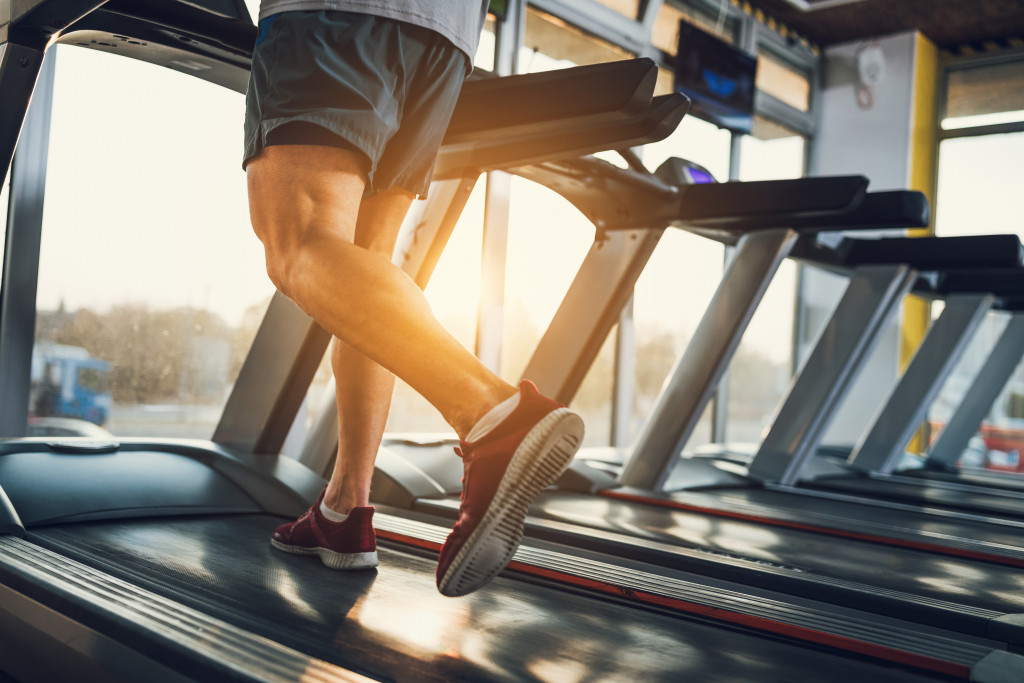We’re all amazed by the physical prowess of athletes. We see them do all those amazing athletic feats, much to the adoration of fans everywhere. But just like us, athletes are humans who suffer from pains and injuries. The underlying difference is that they have the support of health professionals who know how to heal. The latter being of relevance, even to ordinary people like us.
But the question is, how do athletes heal? And what makes their healing process different? Many ways they use to heal and recover from injuries faster can also be applied to ordinary people. Even the regular fitness enthusiast who isn’t a professional at sports has merit in following these tips. Below are a few to help you recover like an athlete.
Exercise Like a Pro
The first and perhaps the most critical factor concerns the HOW of your exercise. Consider this: professional athletes quite literally work out and exercise for a living. Because of this, they employ the correct form and technique. There’s little wasted motion or erratic movements.
This matters much when exercising, as injuries often happen when the incorrect form or technique is applied. When exercising, make sure to complete the exercise within your range of motion, not beyond nor below it. Using lighter weights to achieve better form is paramount. There is no reason to lift heavy if the form, therefore technique and safety, suffers.
Invest in a Well-informed Diet

Oftentimes, when we get into training and a healthy lifestyle, one of the first things you will hear about diet is to drop your carbs and increase your protein. While this is true, it’s incomplete advice. Especially if you aim to train like an athlete, you will need a sufficient amount of carbohydrates to let your body keep up with the energy it burns.
Athletes consume a significant amount of carbohydrates. While you don’t have to copy what the pros do, what you can do instead is approach it the way they do: eat for what you do. What that means is to factor in your macro and micronutrient requirements. Don’t just follow the latest fad diet that tells you to completely drop fats or carbs.
The human body has a daily dietary requirement that needs to be met for maintenance or improvement purposes. If you would like to gain muscle or lose weight, finding your macros and creating your diet with that in mind will make a world of difference.
Condition to Prevent Injuries
Athletes can power through seemingly impossible feats. We see many professionals who cross the finish line despite a sprained ankle, and we watch our favorite athletes do their best to finish a game through pain.
But this isn’t just because their pain threshold is high. This is also because they condition their muscles and bones right. What this means is that their body is considerably stronger and more resistant to injuries. Where regular citizens would suffer tremendous pain from a debilitating injury, conditioned athletes might receive a sprain.
Conditioning is all about exercising the often-ignored muscle groups, like the shins, rear shoulders, and core. They aren’t as physically obvious as the traditional muscle groups, but conditioning them in conjunction with whole-body training has amazing results as the whole body functions like one improved unit.
Get the Right Rehab
Depending on the severity of your injury, you may require rehabilitation or simple rest. Either way, you need to follow your doctor’s advice and stick to your regimen. A slightly sprained ankle might only require you to be inactive in your sport for a few weeks at most while also maintaining mobility and strength through at-home stretches.
On the other hand, if you have had a serious injury in your history where it triggers now and then, your coach or physician might require you to take regular rehab or treatment for it. Consider osteopathy home visit sessions or guided rehab sessions with a physical therapist. Always coordinate with your regular doctor or therapist so you can keep your records updated. An updated medical record is vital as it allows you to keep track of your physical progress, reminding you of any past injuries that you need to work over.
We might not all be professional athletes, but that doesn’t mean we can’t find a use for their methods. Of course, many of the things in their regimen are still exclusive to professional use. Other aspects like recovery and conditioning apply to any fitness enthusiast. Now all that’s left is applying them in your next workout.

